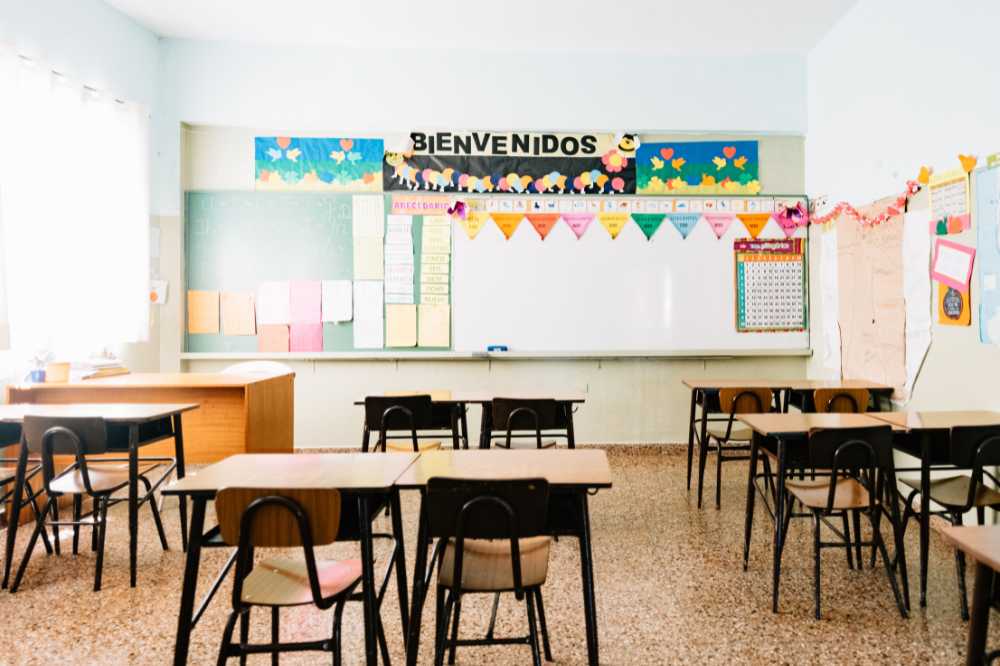A well-designed website is more than just an online presence for a primary school. It is a vital communication tool between the school, parents, and students. When a website is user-friendly, it makes staying informed easy for everyone involved.
The website also helps build engagement and a sense of community. It allows parents to connect with what’s happening at the school and helps students feel more involved. The whole school community can unite by sharing news and events online.
This article will explore six essential tips for designing an effective primary school website.
1. Prioritise User-Friendly Navigation
Keeping the website navigation simple is crucial. A straightforward menu helps visitors find what they need without frustration. When parents and students can easily access information, their experience is much better.
It’s also important to use clear labels for menu items. Choose words that everyone understands to avoid confusion. This way, visitors know exactly where to click to find what they want.
Adding a search bar is another helpful feature. It allows users to quickly find specific information without browsing through many pages, saving time and making the website more efficient.
2. Implement Responsive Design
Your website must work well on all devices. Whether someone uses a desktop, tablet, or smartphone, the site should be easy to use and look good. This way, parents and students can access information no matter what device they use.
Starting with a mobile-first approach is a smart move. Many people use their phones to browse the web, so designing for mobile users first makes sense. You can then adjust the design for larger screens like tablets and computers.
Optimising images and media is also key. Large files can make your website load slowly, especially on mobile devices. Reducing the file sizes without losing quality helps your site load faster and provides a better experience for everyone.
3. Highlight Important Information
It is essential to ensure that contact details like phone numbers and the school’s location are easy to find. Having this information handy saves time and reduces frustration when parents or visitors need to reach out.
Keep the school’s calendars updated with current hours, events, and important dates. Parents appreciate knowing about upcoming activities, and students can stay informed about what’s happening at school.
Feature the latest news and announcements prominently on the homepage. You keep the school community engaged and aware of what’s going on by showcasing recent updates.
4. Incorporate Engaging Visuals
Using high-quality images can make your school’s website more appealing and inviting. Professional photos of the school environment, staff, and students help visitors get a real sense of your school. These images showcase the friendly faces and vibrant spaces that make your school unique.
Adding multimedia content like videos and slideshows brings the website to life. For example, include a virtual tour of the school, clips from recent events, or slideshows of student artwork. This kind of content engages visitors and connects them to the school’s activities.
Consistency in branding ties everything together. Applying the school’s colours and logos throughout the site creates a cohesive look that strengthens your school’s identity. Consistent branding helps visitors recognise your school instantly and builds trust through a professional appearance.
5. Ensure Accessibility Compliance
It is vital to make your website accessible to everyone. Inclusive design means people with disabilities can use your site easily, which shows that your school cares about every community member.
Providing alt text for images is important. Adding descriptive text to each image ensures users with vision impairments can understand what the pictures show and don’t miss any content.
Using readable fonts and good colour contrast makes your site easier to read. Choose clear fonts. Make sure there’s a strong difference between text and background colours.
6. Optimise for Search Engines
Optimising your website for search engines is important because it helps more people find your school online. When your site ranks higher in search results, it’s easier for parents and the community to discover what your school offers.
Relevant keywords are a key part of SEO. In your content and metadata, include words related to primary education and your school’s name. This helps search engines understand what your site is about and connects you with people searching for those terms.
Providing quality content is also crucial. When you offer valuable and original information, visitors are likelier to stay on your site and explore. This positive engagement signals to search engines that your site is useful, which can improve your rankings.
Remember technical SEO. Ensure your website follows best practices like a clear structure, fast loading times, and mobile-friendly. Use descriptive URLs and allow search engines to crawl your pages. These steps help search engines properly index your site so it appears in search results.
6 Primary School Website Tips
To make your school’s online presence shine, focus on creating a website that:
- Is easy to navigate
- Works well on all devices
- Showcases important information
- Includes engaging visuals
- Is accessible to everyone
- Is optimised for search engines
Combining these elements means building a site that informs and connects with your community. These strategies enhance the experience for parents, students, and staff, fostering better communication and engagement within your school.
Looking to improve your website? Get in touch with School Jotter today to learn about our primary school website design.







